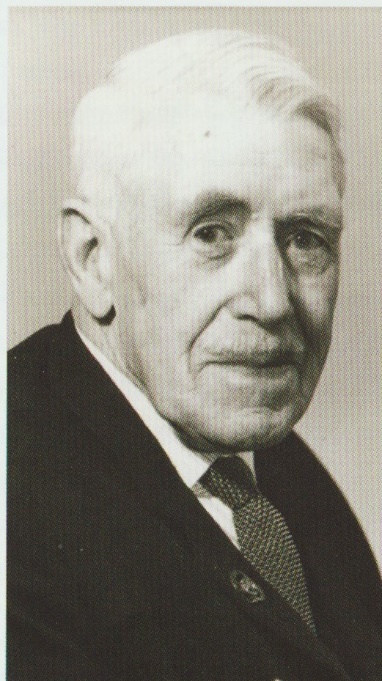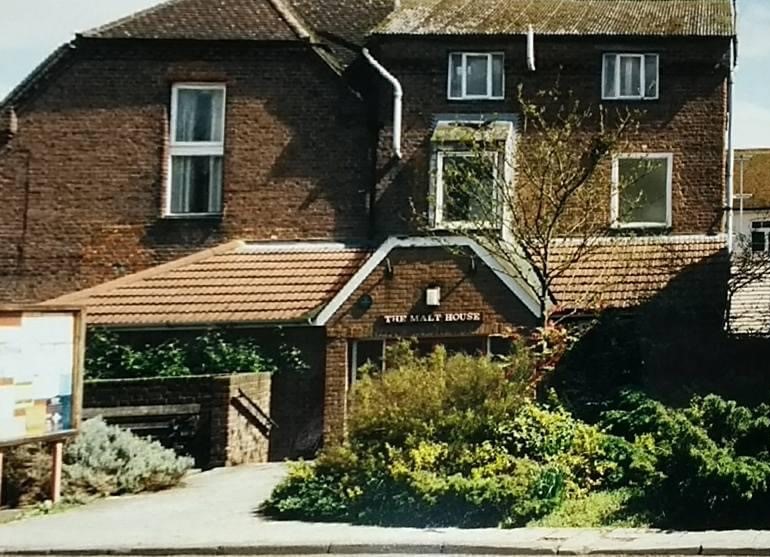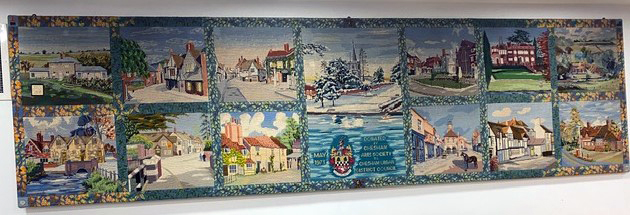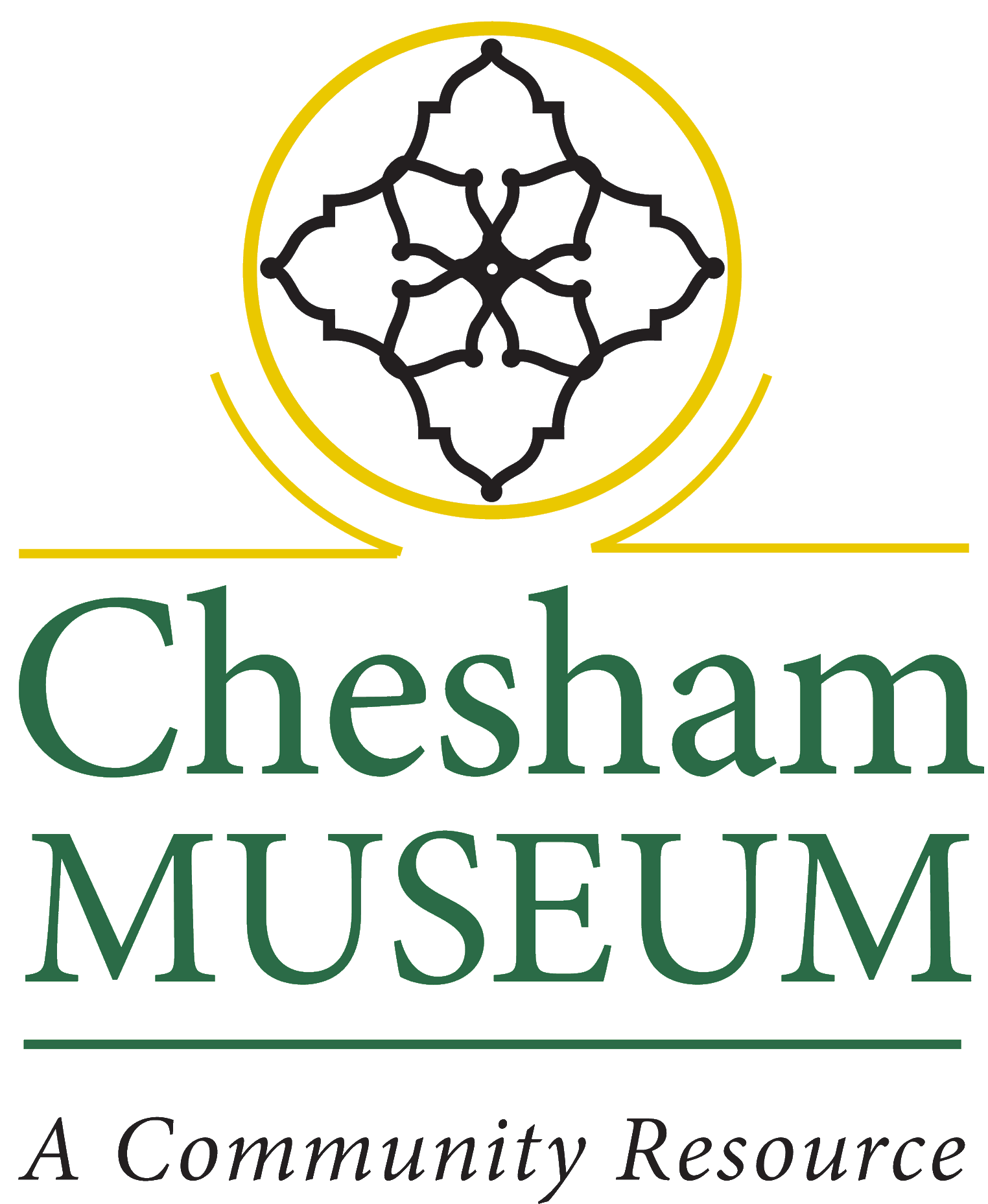In celebration of the 50th birthday of the Chesham Tapestry
I’ve rarely assessed a community textile project as technically well executed as the Chesham Tapestry completed in 1974 and still on display in Chesham Town Hall Council Chambers.
This is part of the report on the condition of the tapestry by Zenzie Tinker Conservation Ltd made in February 2023. So, what is the Chesham Tapestry? Have you ever heard of it, let alone seen it?
In the late summer of 1971, Mrs Marian Hillen, who was the Craft Organiser of the Chesham Arts Society suggested a joint venture between artists and needleworkers of a tapestry of Chesham scenes. The idea was greeted with a great deal of enthusiasm and plans put under way.
The first hurdle was what to include. The tapestry was to consist of twelve embroidered panels, covering the entire town. This led to some difficulty as to what to leave out and the final selection after much deliberation was:
- Mineral Cottage, Red Lion Street painted by George Bridges; stitched by Jennifer Beck
- Lord’s Mill, Waterside painted by Nora Sheath; stitched by Marian Hillen
- Church Street painted by Leslie Aris; stitched by Sheila Hedicker
- The Town Bridge, Germain Street painted by Maurice Stratford; stitched by Tina Pearce
- The Golden Ball, Church Street painted by George Bridges; stitched by Doris Hall
- Stratfords Yard, East Street painted by Maurice Stratford; stitched by Jennifer Cochrane
- The Broadway painted by David Bangay; stitched by Doris Hall
- The Market Hall, Market Square painted by Rosemary Lewis; stitched by Betty Durrant
- The Bury, Church Street painted by Peter Curran; stitched by Rita Curran & Doris Hall
- Francis Yard, High Street painted by Maurice Stratford; stitched by Helen Cochrane, Alison Durrant, Sally James, Lorraine Rae, Caroline Young, Sheila Hedicker and Marian Hillen
- Vale Farm, Vale Road painted by Denis Pannett; stitched by Sheila Hedicker
- The Hen & Chickens, Botley Road painted by Douglas MacIntosh; stitched by Fiona Lines
As a central theme, Lowndes Park, St. Mary’s Parish Church and the town’s coat of arms were included and the entire tapestry was surrounded by a border representing beech trees, boots, brushes, brewers and lacemakers. This panel was painted by Peter Curran and stitched by Marian Hillen and the border was stitched by Sandra Milton.
It was arranged for a group of local artists to draw and paint the chosen locations so that their pictures could be used as a base for the embroidery. Some of the views were to represent summer but were being painted in the winter and vice versa, and week after week of rain didn’t help! Some paintings were sized wrongly and had to be scaled up or down to fit the measurements of the panels. In the end however all the pictures were ready and had been supplied by the following artists:
George Bridges, Nora Sheath, Leslie Aris, Maurice Stratford, Peter Curran, Walter Filby, David Bangay, Rosemary Lewis, Denis Pannett and Douglas MacIntosh.

Mrs Hillen visited all the sites to take photographs for reference purposes and took along samples of tapestry wools to match colours so that the panels were as realistic as possible. Stockists of tapestry wool were hard to find and were mostly in the Midlands which meant relying on orders being delivered by post.
Things were also made more difficult in the winter of 1972 by frequent power cuts and the embroiderers often ended up working by candlelight. (The miners were on strike in 1972 which meant we all had to suffer planned power cuts of up to nine hours a day).
Matters were not helped when the suppliers suddenly removed a number of subtle tones from their shade card, and colours threatened to take violent leaps not usually seen in nature.
Mrs Hillen, together with Mrs Upcott (Chairman of the Chesham Arts Society) struggled home from London with an enormous roll of canvas which was cut into the appropriate number of pieces (and found to be short measure!). Over 50 hours of preparatory work was needed on each piece before a tapestry could be stretched on a frame and the stitching begun and some of the canvasses took over three months to complete.
In May 1973, Mrs Upcott presented a token piece of the tapestry to Chesham Urban District Council when the new Malt House offices were opened by Councillor K Harries, Chairman of the Council and President of the Chesham Arts Society. Over 2,000 people visited the Malt House to view this piece of tapestry.

The completed tapestry was finally presented to the Council on March 29th 1974 and it still hangs today in the Council Chamber of the Town Hall. The Malt House no longer exists, but was situated opposite Chesham Library in Elgiva Lane. It was demolished sometime after Chesham Urban District Council ceased to exist and was replaced by Chiltern District Council. At the same time, Chesham Town Council came into existence and today houses the Tapestry in the present Town Hall.

The embroiderers were Jennifer Beck, Jennifer Cochrane, Rita Curran, Betty Durrant, Doris Hall, Sheila Hedicker, Marian Hillen, Fiona Lines, Sandra Milton and Tina Pearce.
To make the tapestry, 8 yards (7.32 metres) of canvas were used and 1,140 skeins of wool in 130 different shades. 518,400 stitches were put into the canvas.
The presentation of the tapestry, and details of the pictures was commemorated on an engraved steel plaque which was made by Mr Norman Beck, father-in-law to Jennifer Beck. Mr Beck was a trained draughtsman and made engraving his life-long hobby.
Sandra Milton was asked recently about her recollections of stitching the canvas, but modestly replied that her contribution was small compared to the other embroiderers. She had been responsible for stitching the borders of beech leaves.
This article is a modified form of an article published in the Bucks Free Press, Amersham and Chesham edition.


